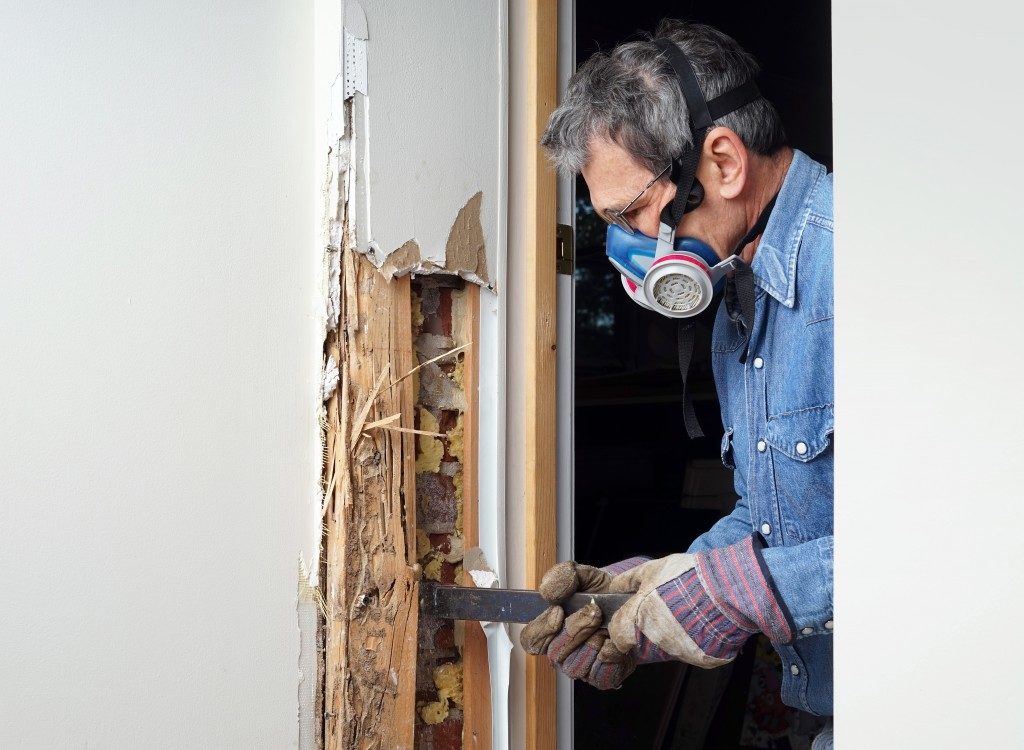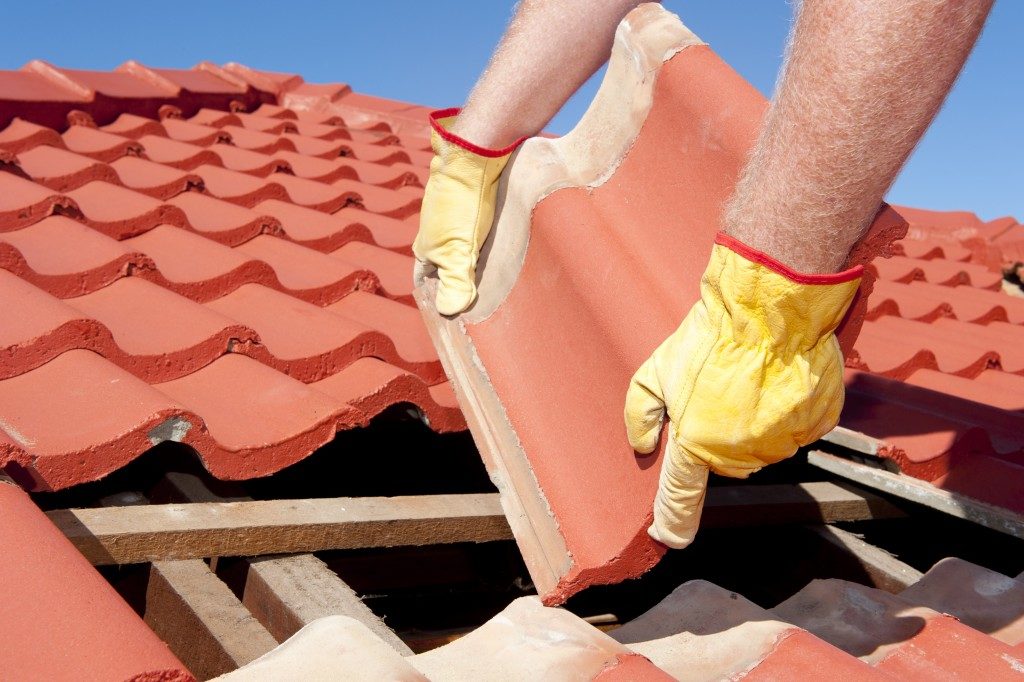Finding structural defects in your home is a major cause of concern. Not only will structural defects result in repair costs, but they will also put you and your family’s safety at risk. Some structural defects can be easily detected, however, there are some that may just sneak up on you and cause damage to your home slowly and silently. While your home may likely suffer from structural damage over time, the key is spotting the early signs of structural damage before they get worse. Listed below are indicators of structural damage to your home that you should watch out for:
Defective Roofing
Roof defects may come in the form of sagging roofs, roof leaks, or water stains on ceilings and walls. Roof damage may be caused by many different factors. Lack of gutter protection, insufficient inspection and maintenance, and weather conditions, such as rain, snow, and wind are the most common culprits of roof deterioration. Roof defects may not just cause structural damage but they may also encourage the growth of molds, which may pose health risks.
Cracks
Cracks, no matter where they appear and how small they look, signal impending structural issues. They usually begin to form on walls, ceilings, doors, and window sills. Watch out for cracks above the doorway accompanied by a sagging ceiling or large horizontal cracks across walls as they are signs of a serious structural problem.
Leaning or Bulging Walls
Leaning or bulging walls are signs of decreasing wall stability. This may be caused by an increase in the load supported by the wall due to the addition of floors to the existing structure. Bulging walls may also be caused by poor construction. For example, walls may be too thin for the height of the house or there is a lack of restraint between the walls and the floor joists and beams.
Ill-Fitting Doors and Windows
A door or a window that becomes difficult to open or close is another sign of structural problem. This may be caused by the shifting of the foundation or a slab heave if the house was built on a concrete and clay soil.
Sloping or Uneven Floors
Sloping or uneven floors are an indication of a major problem in a building’s foundation. They may be caused by excessive moisture due to poor drainage, plumbing leaks, soil movement, or improperly compacted soil. Uneven floors may also be the result of poor structural design or the use of sub-standard materials.
Termite Infestation
 Termite infestation is either hard to detect or are often ignored. They may appear as tiny holes on the drywall or mud tubes on the foundation. Termites chew through wood, causing extensive structural damage even before it is noticed. Homes with a history of termite infestation, even after the damage has been repaired, may even affect the resale value of the property.
Termite infestation is either hard to detect or are often ignored. They may appear as tiny holes on the drywall or mud tubes on the foundation. Termites chew through wood, causing extensive structural damage even before it is noticed. Homes with a history of termite infestation, even after the damage has been repaired, may even affect the resale value of the property.
Some signs of structural damage are obvious while others are easy to overlook. Now that you know what to watch out for, you will be able to address the problem properly before it gets worse and lead to major repair costs.

